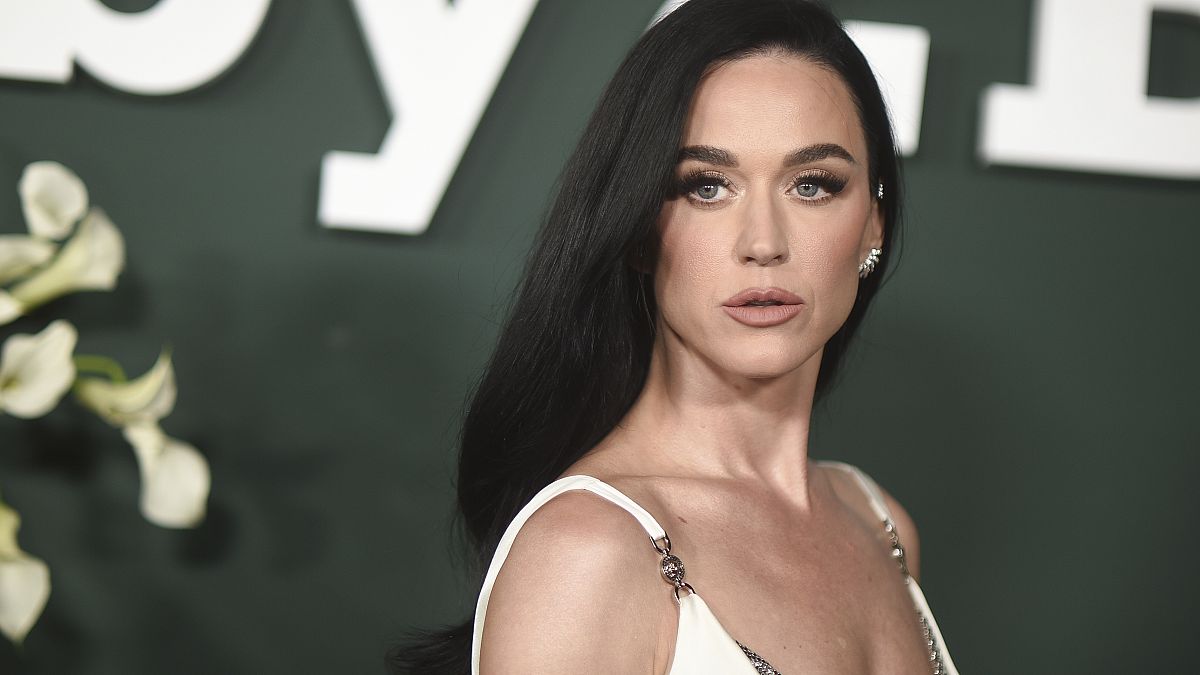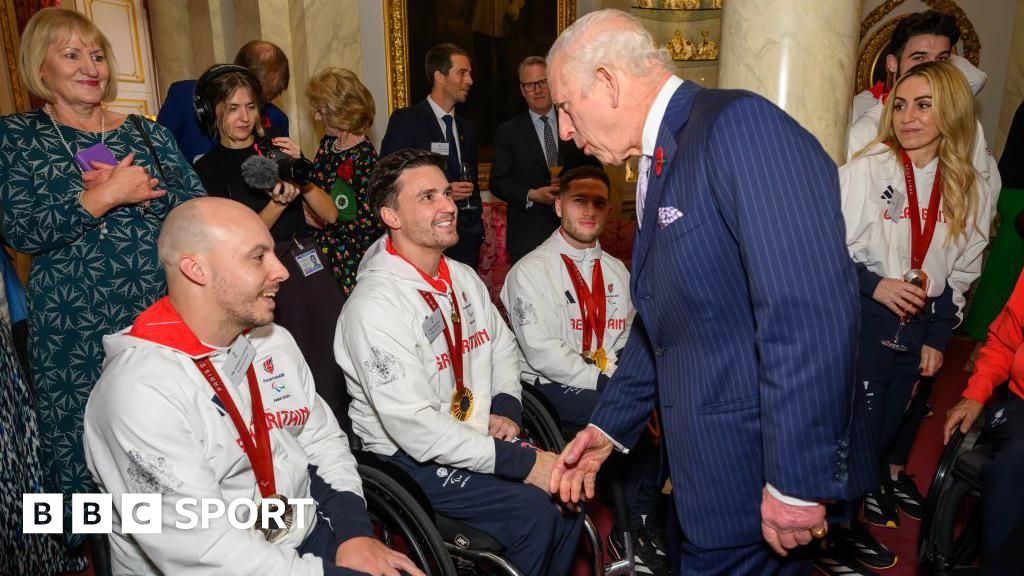Fashion
‘It’s a form of advertising’: how the humble lip balm became a status symbol

Some people claim that you’re never more than six feet away from a rat. I’d argue that, in 2024, you’re never more than stretching distance from a lip product. From sticks to balms and glosses, lip products have never been more omnipresent. They’re trending on and off social media, proudly accumulated and displayed on bathroom shelves and nightstands, tossed on to dining tables or nonchalantly applied in selfies. There are scrubs, butters, masks, tints and stains, each promising to make lips smoother, softer, plumper, better.
It’s a long way from the £1 grubby tins of Vaseline that were passed around at school, or those cheap cherry-flavoured chapsticks that somehow made lips even drier. Today’s must-have lip products range from Glossier’s Balm Dotcom (£16) to a refillable glass-encased lipstick from Chanel (£140).
Despite high price tags, they have gained a cult following. At John Lewis, sales of lipstick and lip treatments are up 14% over last year. Today, customers queued for hours outside the US skincare brand Rhode’s first London pop-up in the hope of buying its £18 peptide lip treatments, which come in flavours such as salted caramel and watermelon slice. Meanwhile, the Celine website experienced a surge in traffic as it launched its first product from its debut beauty range – a £62 red lipstick that is engraved with the house’s monogram and comes cloistered in a faceted gold metal case.
Similar to a pair of New Balance x Miu Miu trainers or those sold-out horseshoe-shaped jeans, these popular lip products carry a certain cultural cachet. It’s the IYKYK effect in beauty form. Never mind the designer bag they are carried in, a lip balm has become a status symbol in its own right.
Nateisha Scott, a beauty editor at Vogue Business, says offerings from luxury brands are increasingly positioned similarly to accessories. “The emphasis is not just on the quality of the product but also on the experience of owning it – packaging, branding and even the weight of the lipstick in your hand contribute to its luxurious appeal,” she says. “The idea of longevity – such as Hermès’s refillable lipsticks – gives these items a sustainable aspect that aligns with contemporary luxury values, where investments are meant to last and carry long-term appeal.”
Rhode, founded by Hailey Bieber in 2022, is the perfect amalgamation of celebrity (Hailey’s dad is Stephen Baldwin and her husband is the singer Justin Bieber) and astute marketing. When Hailey was pictured with a branded phone case featuring a slot designed to house its lip balms, fans went wild and dupes appeared overnight.
“Since the beauty space is so crowded, brands need to stand out, and a lip product – the most public-facing product in a line – is a brand’s calling card,” says Jessica Matlin, director of beauty and home at Moda Operandi, and co-founder of the beauty podcast Fat Mascara. “No one is going to see a brand’s exfoliator or concealer. A lip product is applied, reapplied and reapplied again, often in public. It’s a form of advertising. The Rhode phone case was brilliant because it took two of the biggest essentials for their customer and put them together.”
Every element of these new lip products is made to be shared socially, whether that’s for an online audience on TikTok or randomers jostling to use the pub bathroom mirror on a night out. A Hermès lipstick (£62) comes in the brand’s signature orange box, a collector’s item in its own right. Tatcha’s overnight lip mask features a jelly-like texture designed to be scooped out with an accompanying tiny gold branded spoon. Makeup artist Isamaya Ffrench’s lip colours (£80) that come in penis-shaped holders are an instant conversation starter – and shocker. Applying a lip product at the start of a TikTok video is even a marketing manoeuvre. Dubbed the “lip gloss tactic” it has been proven to capture a viewer’s attention, even if the subject of the video has nothing to do with said lip gloss.
after newsletter promotion
Unsurprisingly, “lip balm collection” and “lip balm organising” are trending terms on the platform. Influencers such as Carly Rivlin have made trying on lip balms their entire content streams, while Ky Mason went viral last year for a five-part “lip product collection tour” that featured hundreds of products.
“Lipstick is, at its core, an emotional purchase,” Matlin says. “If you go on discontinued product forums, very often people are missing their favourite lipstick. The colour, the scent, the feel, the weight of the tube – all of these things are such critical factors. Lipstick is a personal product, and people will pay for it, whether it’s £16 or £60.”
To read the complete version of this newsletter – complete with this week’s trending topics in The Measure and your wardrobe dilemmas solved – subscribe to receive Fashion Statement in your inbox every Thursday







